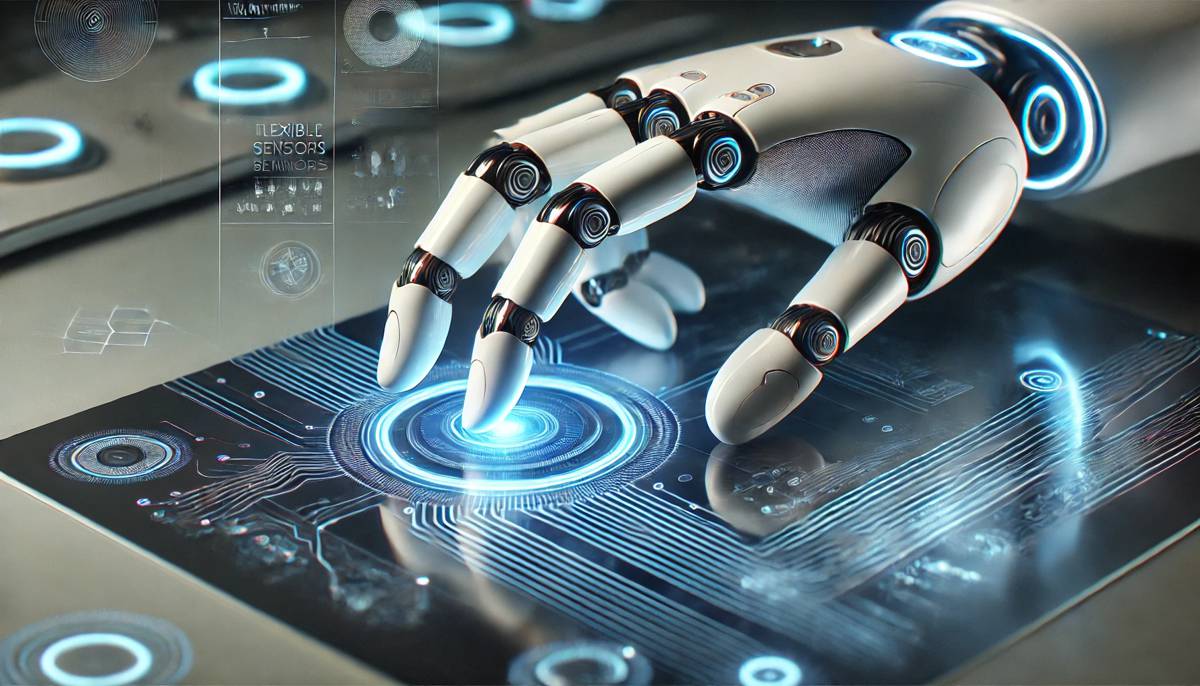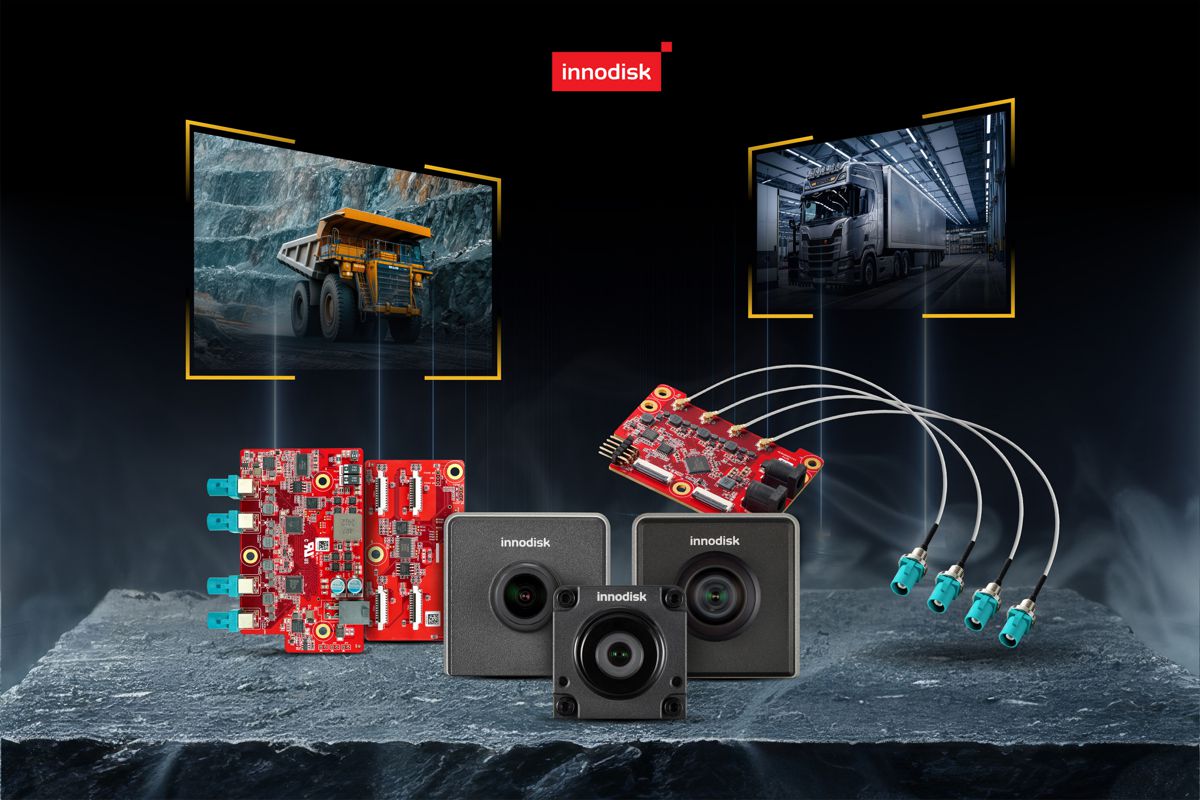The Future of Self-Powered Tactile Sensors for Robotics and Wearables
In the rapidly evolving world of robotics and wearable technologies, tactile sensors are carving a path toward innovation. Researchers from Chung-Ang University in South Korea, led by Professor Hanjun Ryu, have taken a giant leap forward in this field.
They’ve developed cutting-edge manufacturing strategies to enhance the performance of piezoelectric and triboelectric sensors, aiming to address challenges like brittleness and environmental resilience. This breakthrough, published in the International Journal of Extreme Manufacturing, is set to redefine sensor technology for next-generation applications.
But why are tactile sensors so crucial? These self-powered devices convert mechanical stimuli into electrical signals, making them essential for robotics, healthcare, and human-machine interfaces. Let’s delve into the heart of this fascinating innovation.
What Makes Tactile Sensors Tick?
Tactile sensors operate through two primary mechanisms:
- Piezoelectric Sensors: These generate voltage when mechanical stress is applied to specific materials, such as quartz or PVDF (polyvinylidene fluoride). They are lauded for their sensitivity but struggle with material brittleness.
- Triboelectric Sensors: Operating on contact-induced charge transfer, these sensors boast high efficiency and self-powered capabilities but often face environmental challenges.
While both types of sensors bring unique strengths to the table, they also come with their own set of limitations. The research team at Chung-Ang University set out to overcome these hurdles, combining material science and advanced fabrication techniques to create a holistic solution.
Advancing Piezoelectric Sensors
To tackle the inherent brittleness of piezoelectric materials, the researchers employed innovative methods such as:
- Doping and Crystallinity Control: Enhancing the piezoelectric constant for greater sensitivity.
- Composite Material Integration: Merging lead-free ceramics with polymers to produce flexible, eco-friendly sensors.
- 3D Printing and Solvent-Based Crystallisation: These emerging techniques have significantly improved adaptability and dynamic performance.
These advancements not only address the rigidity of traditional piezoelectric sensors but also open up possibilities for their use in wearable devices and robotics where flexibility is key.
Transforming Triboelectric Sensors
Triboelectric sensors, on the other hand, were revolutionised through surface modification techniques:
- Plasma Treatments and Microstructuring: Enhancing surface interaction to boost charge transfer.
- Dielectric Constant Optimisation: Improving the sensor’s efficiency in charge generation.
- Hybrid Materials and Nanostructures: Combining the best of both worlds—durability and flexibility.
These strategies ensure that triboelectric sensors can withstand harsh environments while maintaining their high-output performance.
A Unified Approach to Multi-Modal Sensing
One of the standout aspects of this research is its interdisciplinary approach. By combining the strengths of piezoelectric and triboelectric sensors, the team aims to create multi-modal sensors capable of detecting various stimuli in real time. This synergy not only enhances sensor performance but also expands their application scope across industries—from advanced robotics to medical devices.
Prof. Ryu remarked, “Our study explains the materials and device fabrication strategies for tactile sensors using piezoelectric and triboelectric effects, as well as the types of sensory recognition.”
Integrating AI for Next-Gen Sensors
The researchers didn’t stop at hardware advancements. They also explored the integration of artificial intelligence (AI) to process tactile data more effectively. With AI, sensors can analyse inputs like texture and pressure, mimicking human sensory capabilities. This fusion of AI and tactile sensing promises to:
- Enable more accurate data interpretation.
- Improve multi-stimuli detection for advanced applications.
- Enhance real-time decision-making in robotics and wearables.
Prof. Ryu summarised the broader implications, stating, “It is anticipated that AI-based multi-sensory sensors will make innovative contributions to such advancements in various fields.”
The Road Ahead
The impact of this research extends far beyond academia. By addressing key challenges in material properties and fabrication, these innovations pave the way for intelligent systems that integrate seamlessly into daily life.
From healthcare monitoring to robotic interfaces, the potential applications are staggering:
- Healthcare: Advanced monitoring devices for patient care.
- Robotics: Enhanced human-machine interaction and dexterity.
- Wearables: Smarter, more intuitive devices for everyday use.
This ground-breaking work not only sets a new benchmark for tactile sensors but also underscores the importance of interdisciplinary collaboration in pushing technological boundaries.
A Positive Leap Forward
The innovations from Chung-Ang University signal a transformative moment for tactile sensors, blending material science, fabrication techniques, and AI to create solutions that are as flexible as they are powerful.
As industries increasingly embrace intelligent systems, the integration of advanced tactile sensors will undoubtedly play a pivotal role in shaping the future of technology.




















